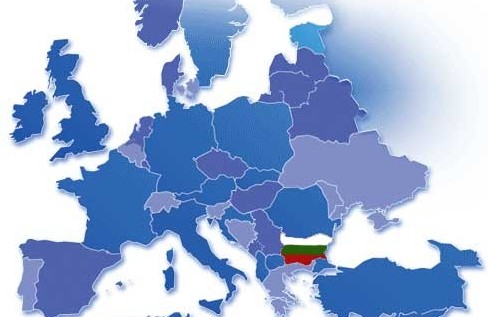The Commission publishes macroeconomic forecasts for the EU and its member countries three times a year, in spring (May), autumn (November) and winter (February). These forecasts are produced by the Directorate-General for Economic and Financial Affairs (DG ECFIN).
Bulgaria’s economy is set to continue its steady growth, driven mainly by private and public consumption and a recovery in investment. Last year’s significant contribution to growth from net exports is set to diminish this year, as imports grow faster than exports. Inflation, which had been negative for three years, has turned positive as a result of strong domestic demand. Unemployment is projected to continue falling, while wages grow strongly. In this favourable macroeconomic framework, the general government budget is expected to remain balanced and slowly turn into surplus, despite increases in public investment and public wages.
___________






